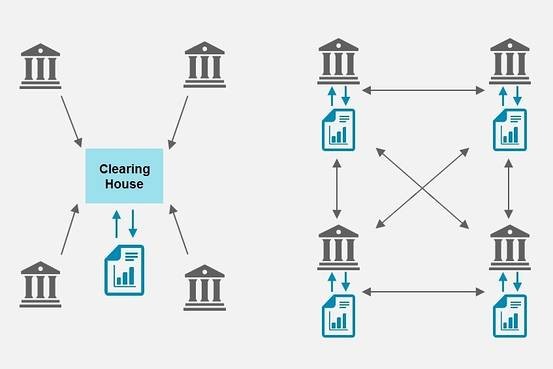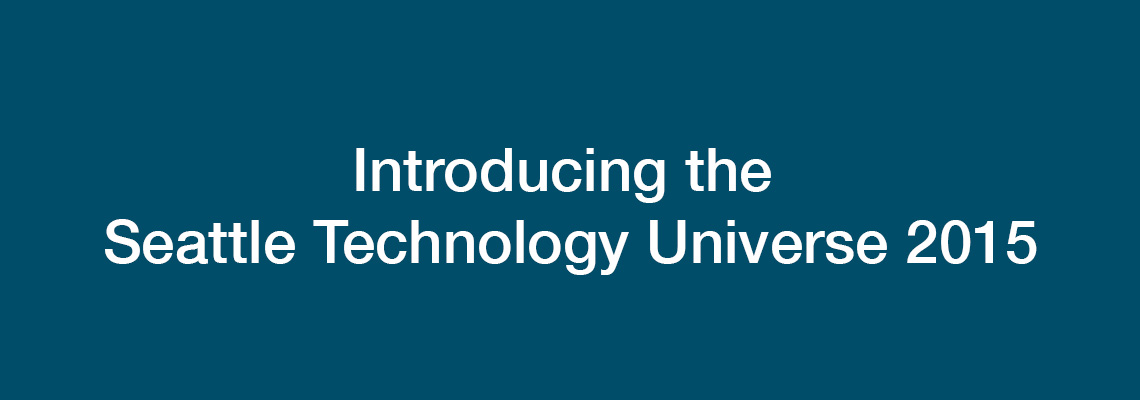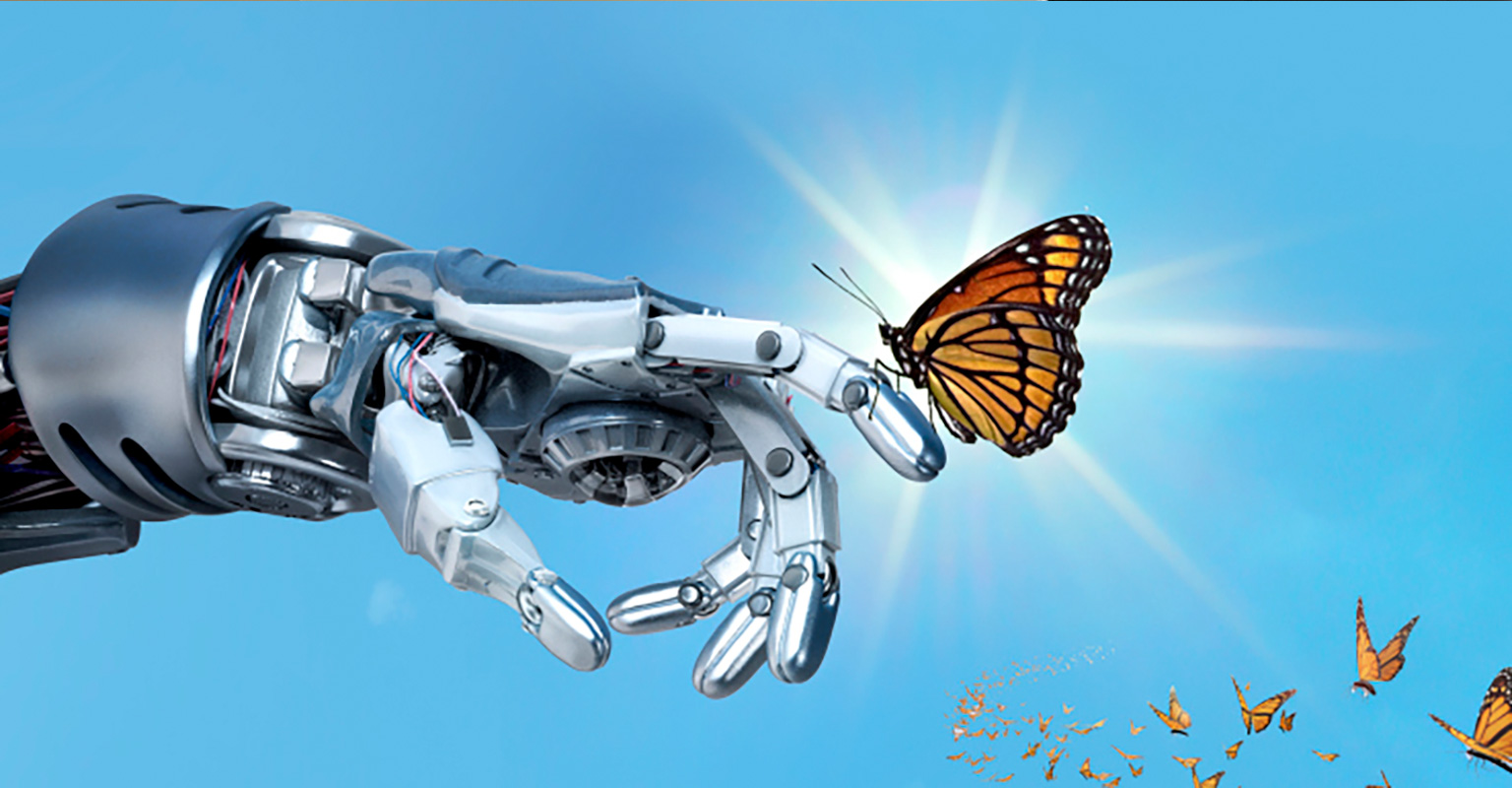Drones, Cars, Intelligent Apps, Virtual Reality and More – What to expect in 2017
There’s an age old saying that humans tend to overestimate what can be accomplished in one day, but underestimate what can be accomplished in one year. As 2016 comes to a close, it is a good time to zoom out the lens, and get reflective on what has happened this year, and predictive about what we are excited about for the coming 3-5 years.
1. Commercial Drone (UAV) Technology will Turn to Software
The 2015 hype around drones generated over $155M of VC funding in the second half of 2015, but 2016 has seen far chillier attitudes by VCs towards drone startups. However, we believe 2017 will be a year of renewal for investments and innovations in drone technology. For one, the FAA passed the first set of rules in June governing drone fly rules, allowing commercial drones to finally take to the skies without filing for lengthy and cumbersome case-by-case permission. Secondly, over the last year, the hardware war which has spooked many VCs from entering the space has been all but won. Forbes estimates that Chinese drone manufacturer DJI is valued at $8 billion and controls over 70% of the hardware market. Other contenders for this mantle such as 3D Robotics have retooled to focus on vertical software. For 2017, we see the main opportunity for drone technology to be in best-in-class tools and software deployed across platforms such as equipping drones with advanced sensing capabilities, or software for vertical industries such as real estate and farming.
2. Intelligent Applications
Customers nowadays demand their software delivers insights that are real-time, nimble, predictive and prescriptive. We have no doubt that in the future, every application will be an
intelligent application. However, the reality has not caught up to the hype. We believe data, not algorithms are the bottle-neck. Algorithms continue to become commoditized by the way of access to open-source libraries such as Algorithmia, Tensorflow, Hadoop and Cockroach DB. If products wish to do better than commodity performance, companies with machine learning at their core must figure out how to acquire proprietary, unique, clean and workable data sets to train the machine learning models.
Companies with a leg up are also likely to be vertically integrated in such a way that their data, learning models and product are all geared towards developing the best data network effects that will feed the learning loop.
We believe there is a big opportunity for companies focused on a specific industry such as healthcare, retail, legal, construction to build higher quality domain expertise at a faster rate, which facilitates the acquisition and labeling of relevant data critical to building accurate and effective machine problem solvers.
3. Virtual Intelligent Assistants with Focus on a Problem Space Will Succeed
A great example of vertical vs horizontal machine learning applications can be found in chat bots. There are some horizontal chat bot assistants that help you with any and all requests (viv.ai, Magic, and Awesome to name a few). It would seem obvious that building NLP and intelligent capabilities across all conceivable tasks and requests could be a long slow training slog of manual human validation. These companies are also at a heavy disadvantage to incumbent players tackling the horizontal assistant space. Voice enabled platforms like Alexa, Siri, Cortana, or the new Google Assistant still see limited usability despite enormous access to training data bolstered by the distribution platforms of three of the largest companies in the world. Realizing this, Amazon announced at Re:Invent that Lex, the software that powers Alexa, is now available for developers to build their own chat bots. Every developer who designs their conversation on the Lex Console is now feeding Lex’s data model. Microsoft followed suit with a similar announcement of the Cortana Skills Kit and Devices SDK.
Assistants that will be more successful in the short term are bots that are narrowly focused. There is Kasisto for finance, Digital Genius for customer service, or the many virtual assistant/meeting scheduler apps (Meekan, JulieDesk, X.ai’s Amy and later “brother” Andrew, and Clara). What excites us about these vertically oriented chat bot startups is that they are applying machine learning, artificial intelligence and natural language processing in a highly specialized and narrow way. It is far easier to train a bot to recognize and act appropriately on the finite set of lexicon and circumstances around scheduling a meeting, compared to the infinite set of scenarios that could occur otherwise. In machine learning, it is better to be a master of one, than a master of none.
4. Blockchain Will Expand as Enterprise Services Embrace it
The technological innovation of Bitcoin, blockchain, seeks to create a global distributed ledger for the transfer of assets (currency, cryptocurrency, music, real-estate deeds etc). This enables peer to peer transactions that bypass traditional intermediaries like banks, credit card companies, and governments whose centralized nature slows down processing speed, increases cost of transaction, and are vulnerable to security threats at the hub-level. Blockchain technology has been heralded by some as being as disruptive to the way people view, share, and interact with their assets as the internet was for information. However, adoption has significantly lagged this envisioned seismic shift.
We believe blockchain’s path to mainstream adoption will be more likely to arise from the enterprise and infrastructure side (creation of APIs and protocols that enable ease of adoption) as opposed to consumer adoption of cryptocurrencies (i.e. Bitcoin). An example is R3 which has gathered a consortium of 42 banks to create the technological base layer for various systems including Bitcoin, Ethereum and Ripple to talk to each other and facilitate global payment transfers.
5. Autonomous Vehicles Have More Validation Work
Aside from machine learning, autonomous vehicles were one of the most hyped technologies in 2016. This year, we saw major product announcements and technology demos from Uber, Lyft, Ford, GM, BMW, Tesla, Cruise, Comma.ai, and many other startups and corporations. Google went so far as to create an entirely new company, Waymo, devoted to their driverless car technology.
Nearly all of the major car manufacturers have announced they will be releasing autonomous vehicles in the next five years, and Lyft has stated that they are planning for the majority of rides to be autonomous within the next five years. Even President Obama said “The technology is essentially here” in a November WIRED interview.
However, despite the hype, there is a tremendous amount of heavy lifting that needs to happen in technology, infrastructure and policy to say the least. Companies still need to solve basic problems related to sensors (e.g., see Tesla Autopilot crash where cameras could not distinguish white truck against bright sky), and billions of edge cases due to construction, pedestrians, and weather, and a murky regulatory environment.
We are huge believers in the long-term benefits of autonomous vehicles, but 2017 may be a year when autonomous vehicle companies and startups are heads-down solving tough problems rather than continuing to push out flashy tech demos.
6. Augmented Reality and Virtual Reality
We believe there is still a three-year runway before VR and AR sees wide adoption by mainstream audiences. Consumer adoption will be mobile-first and/or low-end tech – think the successful recent launch of Snap Spectacles, and the cheaper price points of Google Daydream, and the Samsung Gear. VR uptake today is still burdened by hardware adoption and ease of use. Prices are still too high for anyone but the hardcore technologist or gamer.
On the enterprise side, we see 2017 as a continuing year of innovation and activity particularly in core applicable industries like engineering, science, medicine, real estate education and manufacturing. However, until the dominant form factor (whether it is glasses, head-mounted-display, or some other yet to be seen hardware) emerges, time spent in VR will still be miniscule compared to time spent in this reality.
Ultimately, if gazing into the future of technology was really so straightforward, there would be no need for speculation and VCs would be out of a job. We’ll be back next year to see assess how many of these predictions hit the nail.




